In a land-scarce country like Singapore, Good Class Bungalows (GCB) are highly respected as a legendary symbol of wealth and power – and with good reason.
First introduced into Singapore and Malaya in the 1830s by the British, these majestic houses are commonly nestled in a vast swathe of land and surrounded by lush expanses of greenery.
They’re seemingly large enough to have their unique zip code, with some boasting winding driveways and huge private pools.
What classifies as a Good Class Bungalow?
According to the Urban Redevelopment Agency (URA), there are specific guidelines for a bungalow to be classified as a GCB.
To qualify for the title, the bungalow itself needs to sit on at least 1,400 sqm (approx. 15070 sqft) of land, of which only 40% can be allotted to the house itself. The rest of the land can be used for other luxurious facilities, such as ostentatious sculptures, tennis courts, water fountains or immaculately trimmed lawns.
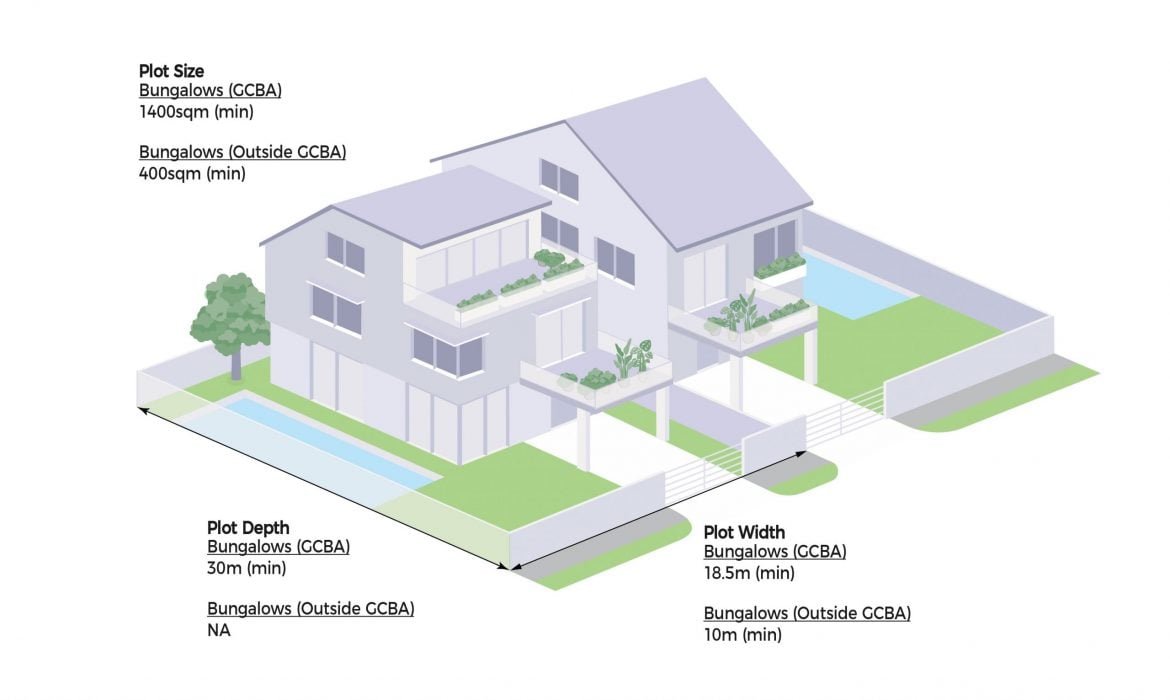
It is also limited to two storeys in height and must have sufficient greenery between itself and the next plot of land to maintain an air of secludedness and privacy.
Such luxurious use of space further emphasises why GCBs remain a highly coveted asset amongst the uber-rich in Singapore.
GCBs have their own estates
These bungalows are designated their own exclusive gazetted estates known as the Good Class Bungalow Areas (GCBAs), which are in premium residential districts of 10 and 11 and the bungalow estates of 20, 21 and 23.
| Good Class Bungalow Areas (GCBAs) | ||
| 1. Belmont Park | 14. Cornwall Gardens | 27. Leedon Park |
| 2. Bin Tong Park | 15. Dalvey Estate | 28. Maryland Estate |
| 3. Binjai Park | 16. Eng Neo Avenue | 29. Nassim Road |
| 4. Brizay Park | 17. Ewart Park | 30. Oei Tiong Ham Park |
| 5. Bukit Sedap | 18. First/Third Avenue | 31. Queen Astrid Park |
| 6. Bukit Tunggal | 19. Fort Avenue | 32. Raffles Park |
| 7. Caldecott Hill Estate | 20. Fourth/Sixth Avenue | 33. Rebecca Park |
| 8. Camden Park | 21. Gallop Road/Woollerton Park | 34. Ridley Park |
| 9. Chatsworth Park | 22. Garlick Avenue | 35. Ridout Park |
| 10. Chee Hon Avenue | 23. Holland Park | 36. Swiss Club Road |
| 11. Chestnut Avenue | 24. Holland Rise | 37. Victoria Park |
| 12. Cluny Hill | 25. Kilburn Estate | 38. Windsor Park |
| 13. Cluny Park | 26. King Albert Park | 39. White House Park |
Not all bungalows are created equal. Large bungalows built prior to World War II are a priceless part of Singapore’s rich heritage.
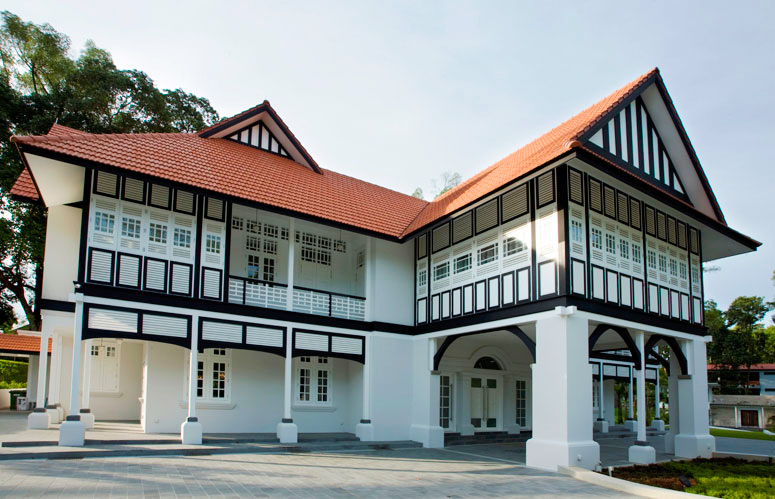
There are five distinct types of old bungalows you can find, ranging from the iconic colonial-era back and white houses to the streamlined, symmetrical architecture of the art-deco buildings.
1. The Early Bungalow (1860s). This bungalow is characterised by single storey buildings on stilts constructed either of timber or masonry.
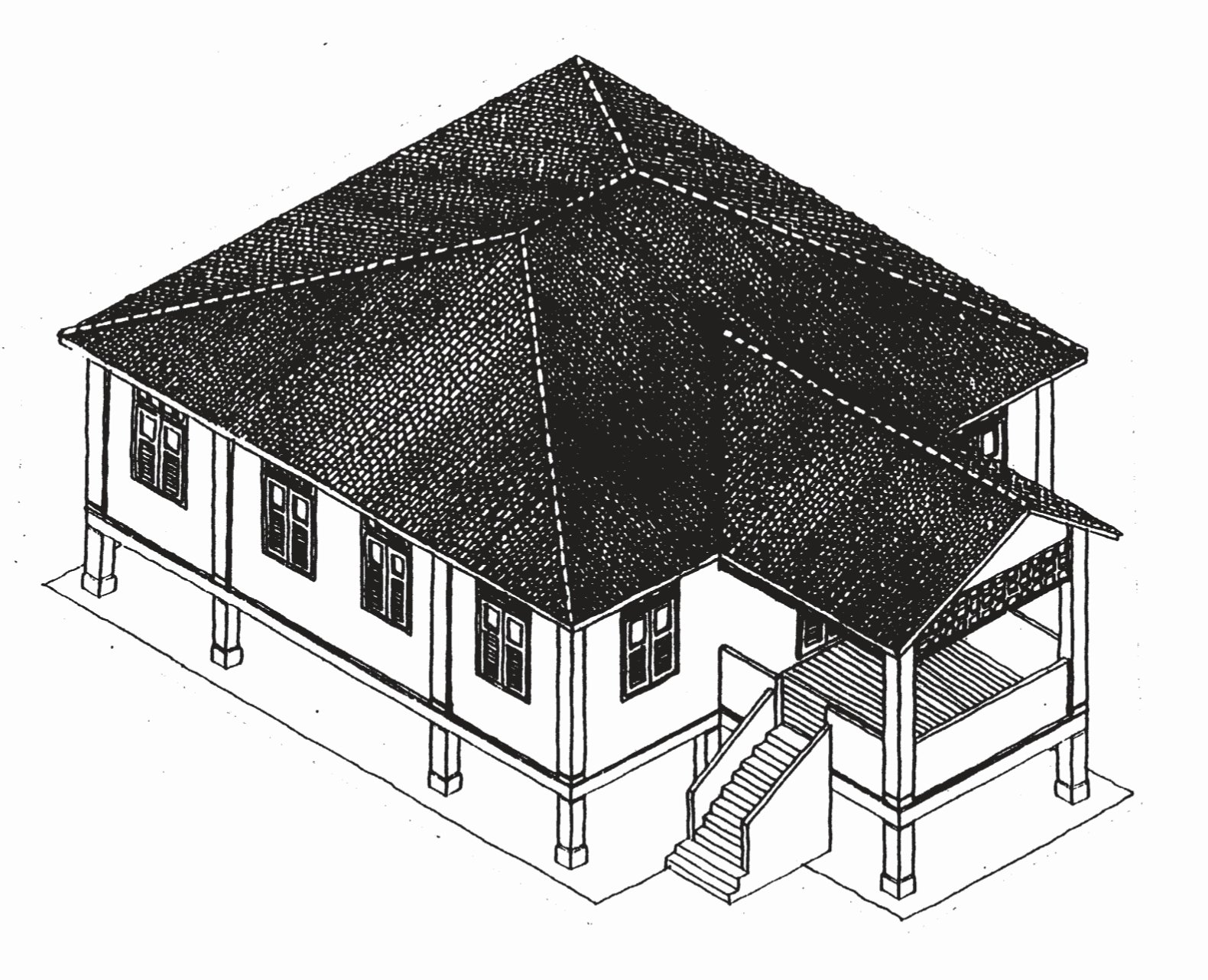
2. The Victorian Bungalow (1870s to 1890s). This bungalow is characterised by the heavy application of decorative ornamentation on the facade.
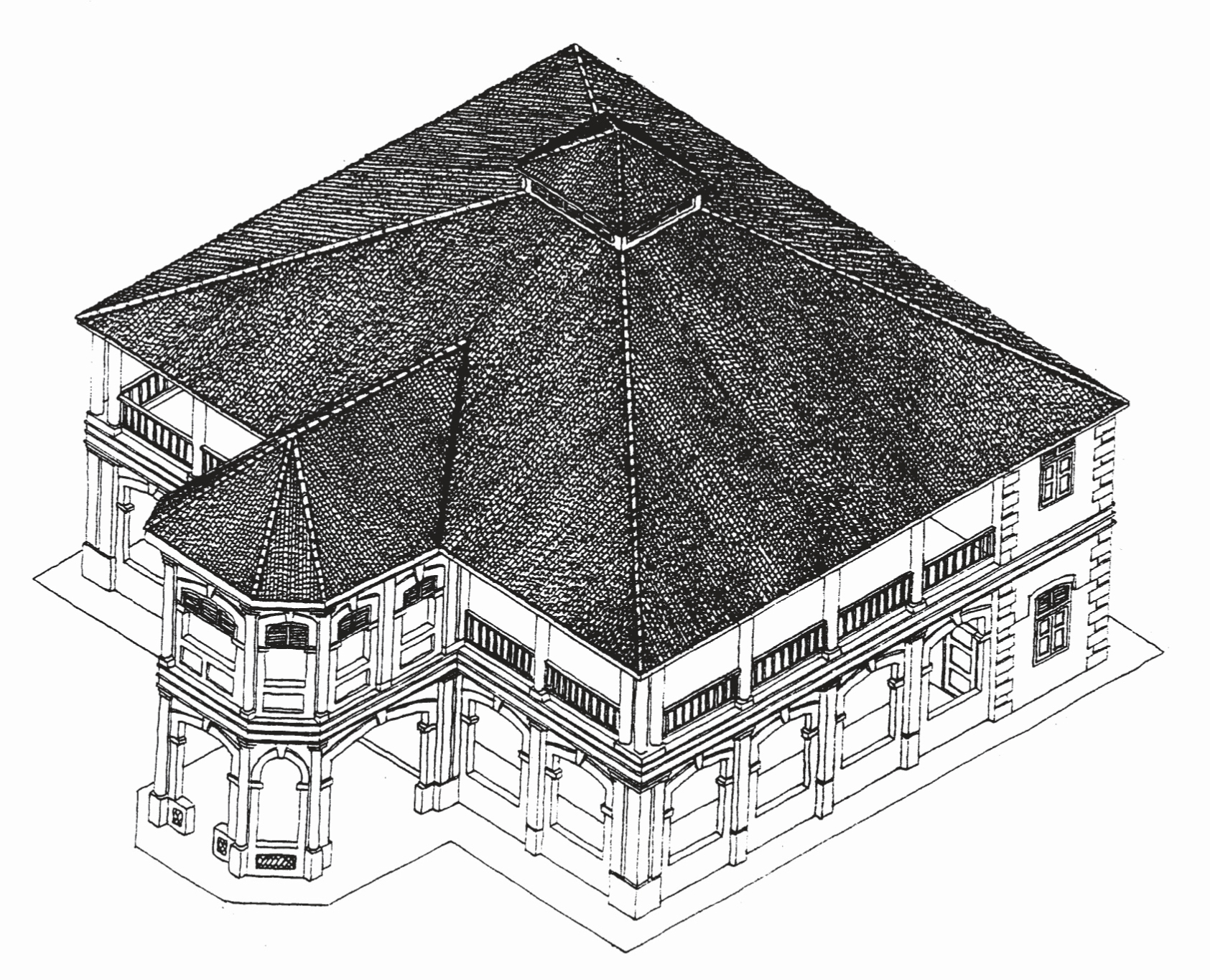
3. The Black and White Bungalow (1900 to 1920s). Characterised by its half-timber construction, this bungalow has broad, simple, over-hanging hipped roof and the sharp definition of openings in the plain white walls.
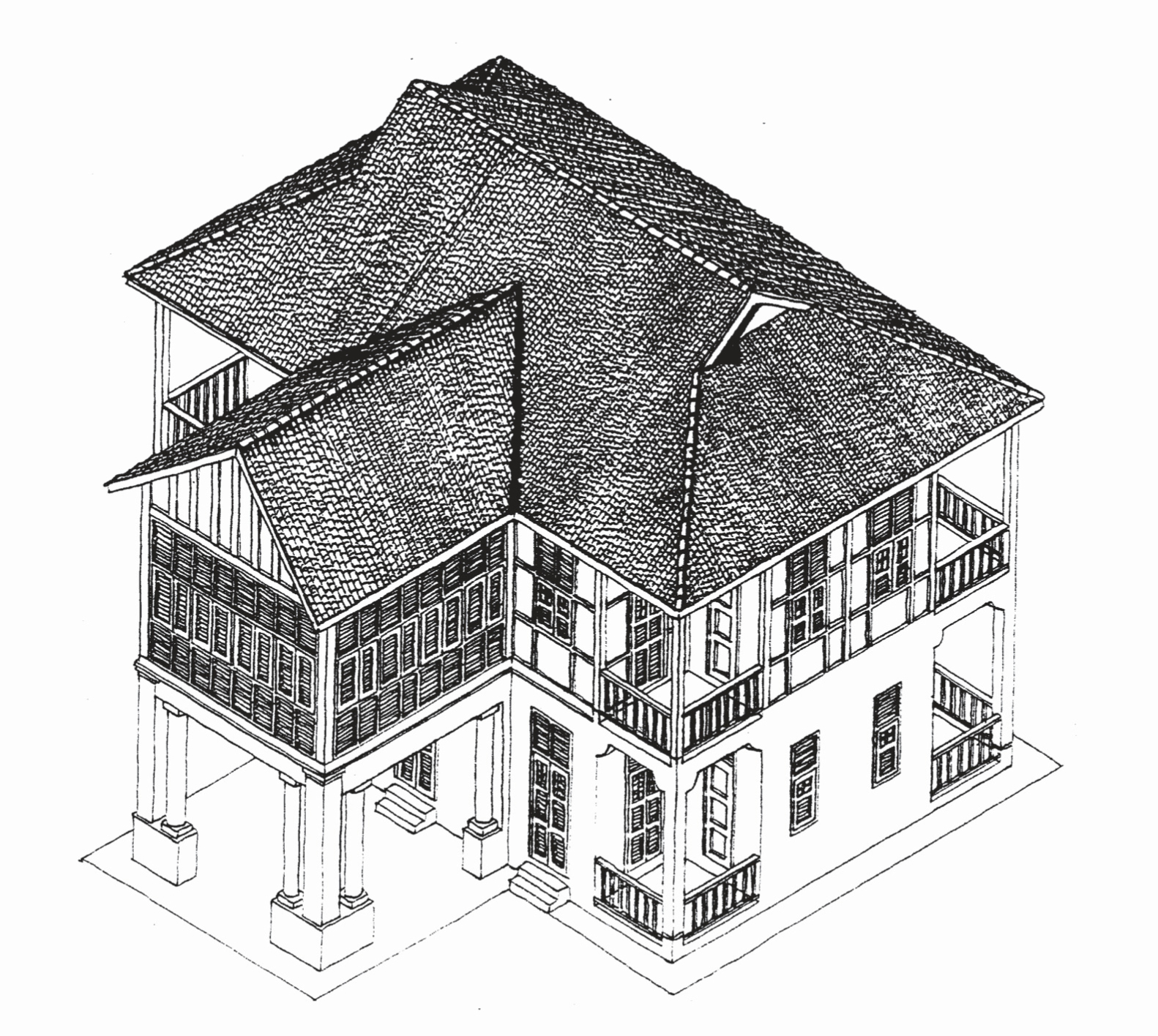
4. The Art Deco Bungalow (Late 1920s to 1930s). This bungalow is characterised by the simple, geometric streamlining of the classical motifs on its facade.
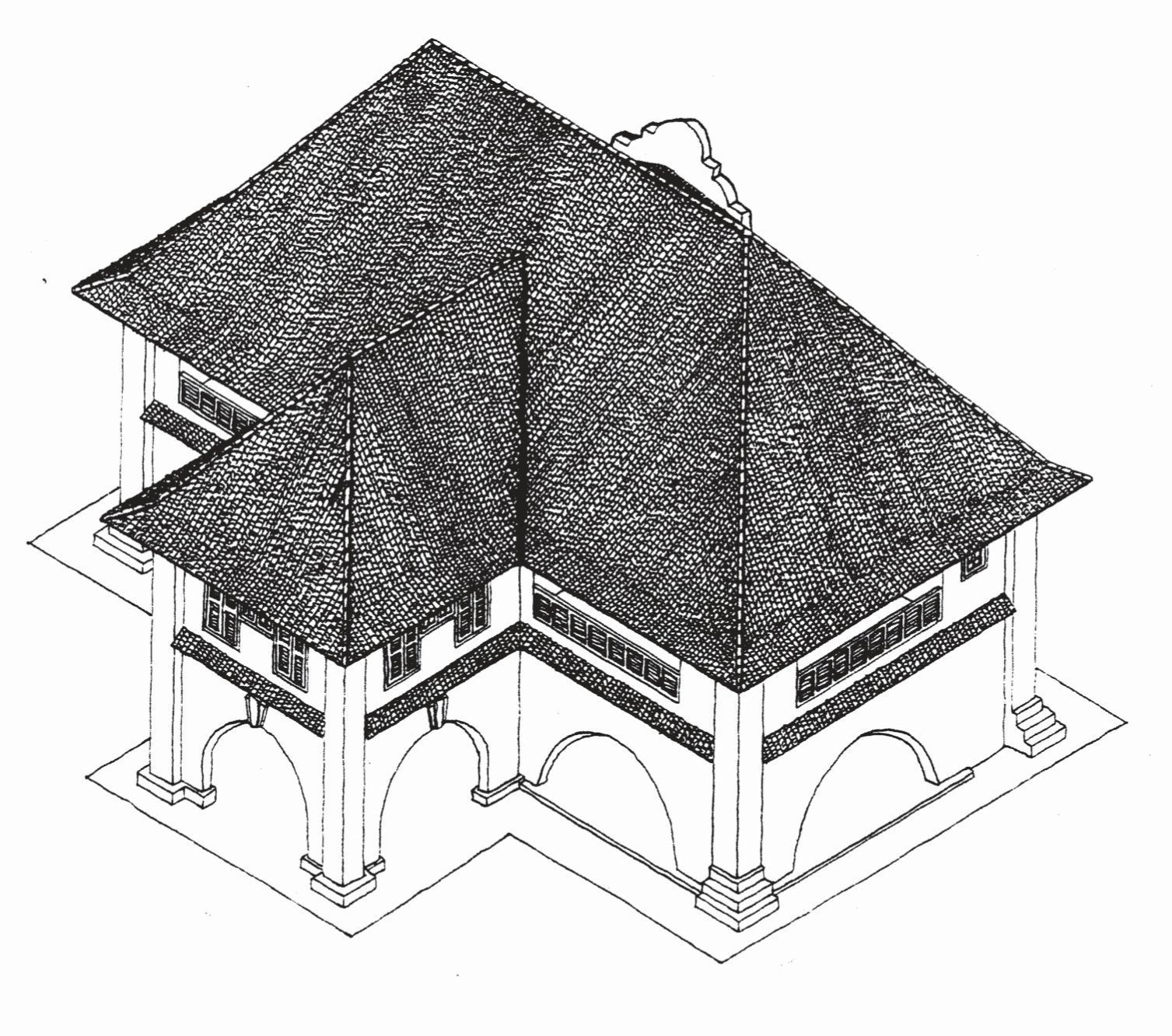
5. The Modern Bungalow (1950s to 1960s). This bungalow is characterised by its geometric, free-form approach.
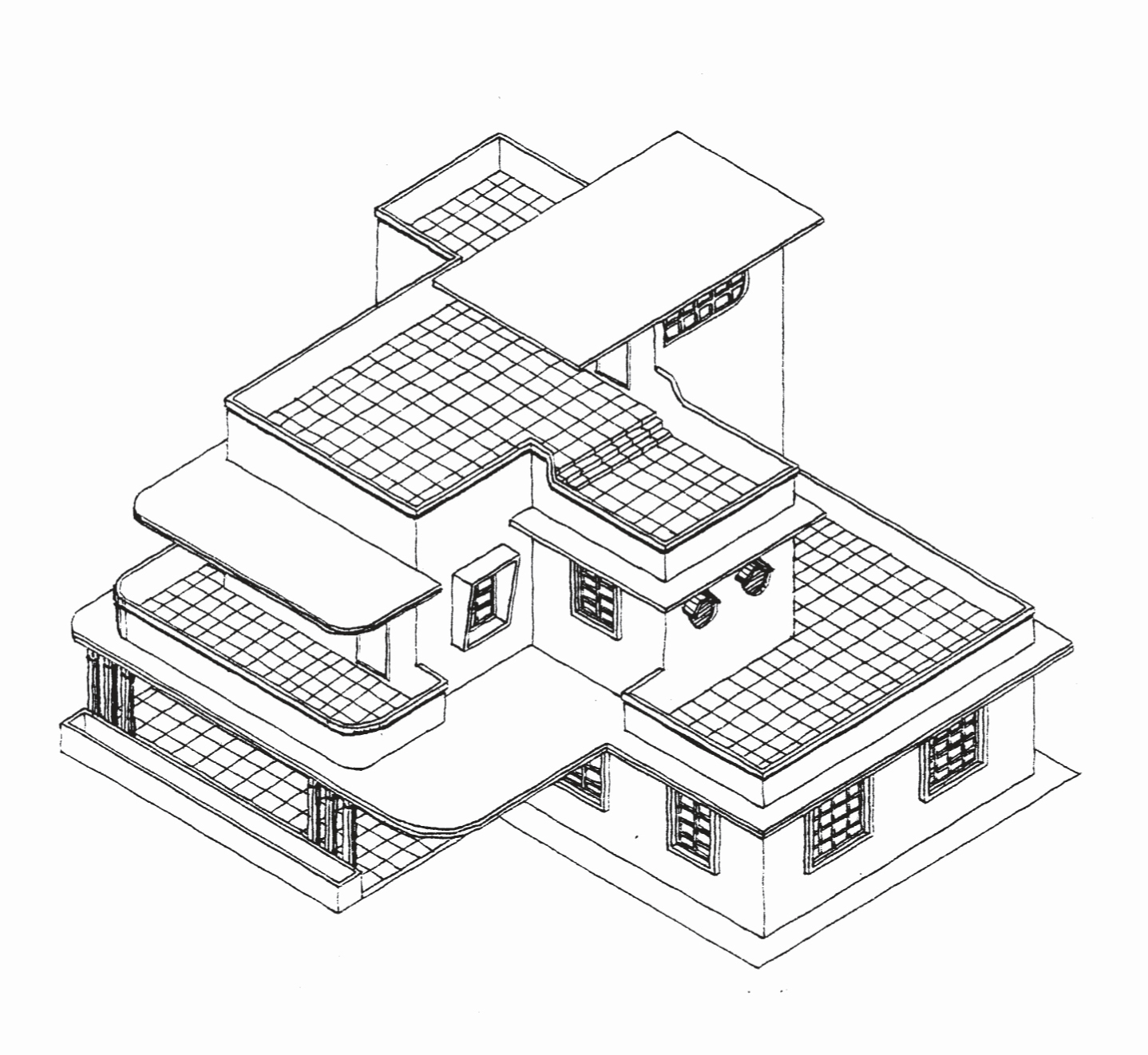 Special conservation bungalows
Special conservation bungalows
Around 65 GCBs have conservation status, which means the buildings cannot be demolished and rebuilt.
Main conservation areas are Chatsworth Park, Nassim Road and White House Park, Holland Park and Ridout Park, and Mountbatten Road and Southern Ridges. Some bungalows are located within Joo Chiat and Geylang as well.
Who can buy GCBs?
Since 2012, only Singaporean citizens can buy a GCB. Foreigners who wish to purchase landed residential properties or GCBs must apply for approval under the Residential Property Act; otherwise, they are limited only to Sentosa Cove properties.
Approvals are assessed on a case-by-case basis. Foreigners need to prove that they have made exceptional economic contributions to Singapore and that the GCBs will be used strictly for living.
For example, James Dyson purchased his freehold bungalow on Cluny Road for S$45m while Kuok Hui Kwong, a Singapore PR and daughter of Malaysian tycoon Robert Kuok bought a GCB along Belmont Road for $43.5 million.
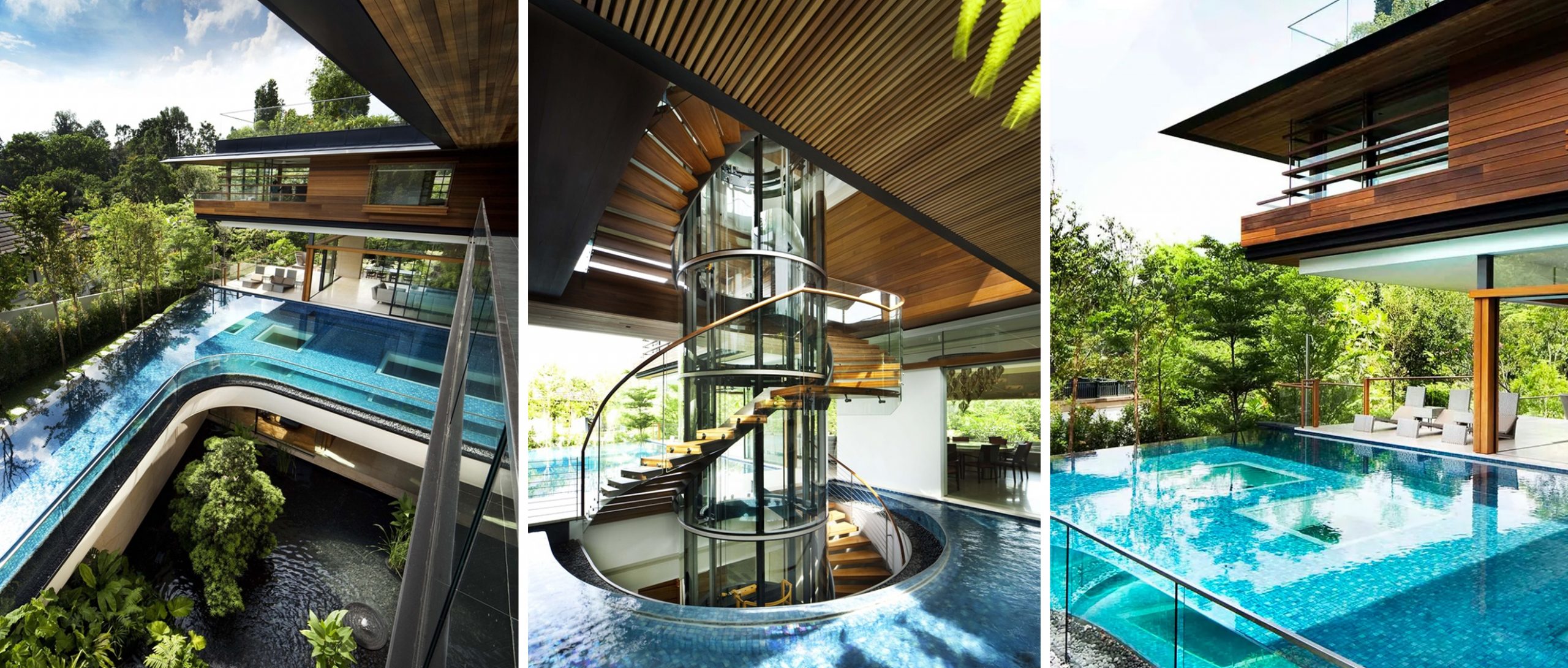
Billionaire boys club
Singapore is ranked third amongst the top 10 countries with the fastest-growing ultra-high-net-worth individual (UHNWI) populations, behind China and Sweden.
According to data company Statista, the number of UHNWI in Singapore is forecasted to jump 30% from 2020 and hit 4,888 in 2025.
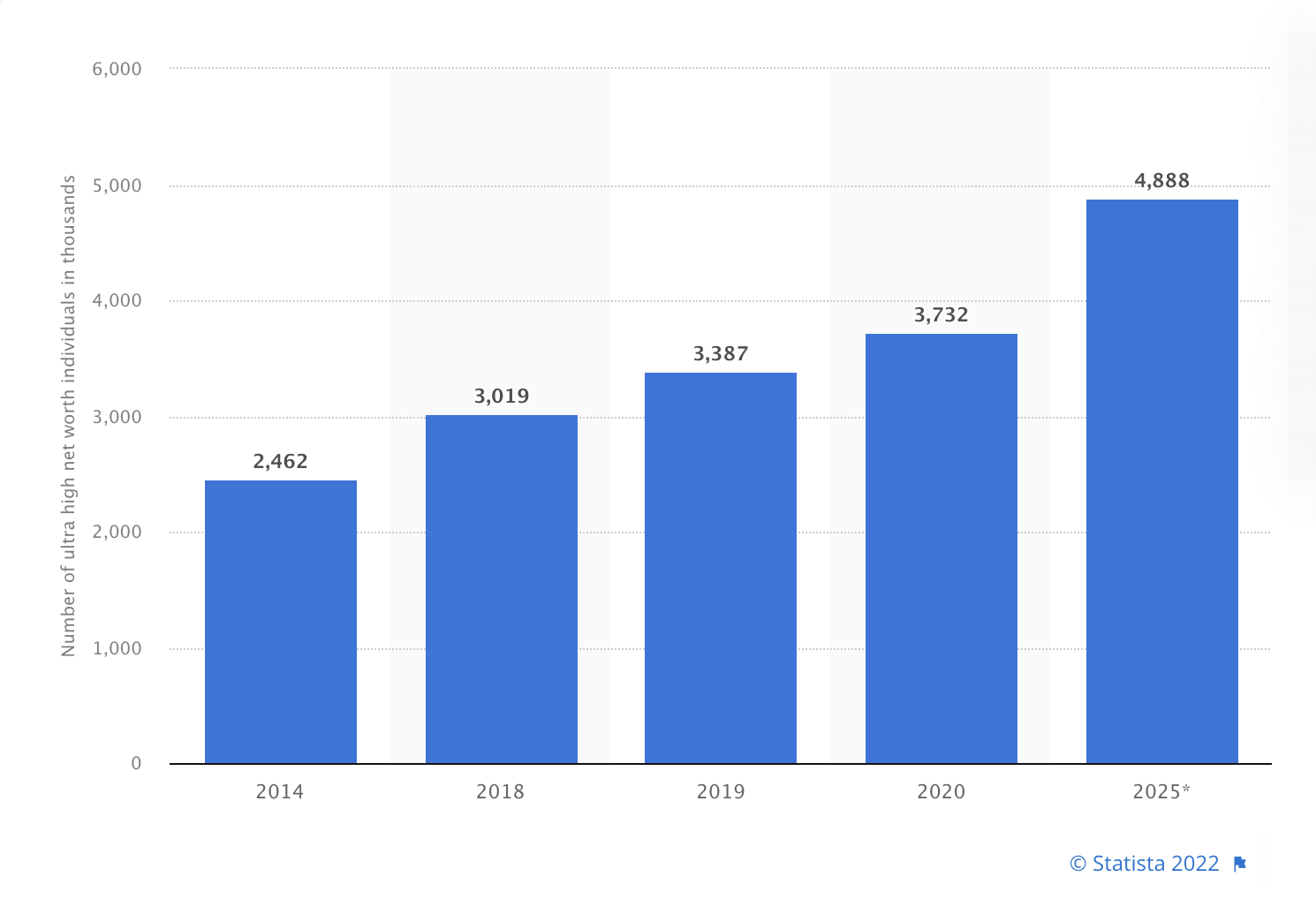
If you’re curious how much money you need to have to be defined as a UHNWI, you should possess net assets of at least US$30m, which works up to be around S$40.86m.
Currently, there are only 2,800 GCBs available in Singapore. With the booming number of UHNWI, these coveted bungalows remain elusive and the ultimate pinnacle of Singapore’s residential real estate market, even amongst the ultra-wealthy.
Segments in the information technology industry such as gaming, tech and e-commerce have boomed in the past few years, with more consumers tapping into the digital economy over the pandemic period.
This is reflected in prominent property transactions from tech entrepreneurs, such as:
• Crypto-billionaire Zhu Su, who bought a GCB under trust for his 3-year-old-son at Yarwood Avenue ($48.8m)
• Grab Group CEO Anthony Tan, whose family bought a GCB at Bin Tong Park (S$40m)
• TikTok CEO Chew Shou Zi, who bought his GCB at 11 Queen Astrid Park (S$86m)
• Secretlab CEO Ian Ang, who bought his GCB at Caldecott Hill Estate ($36m)
• Razer CEO Tan Min-Liang, who bought his GCB at Third Avenue (S$52.8m)
• Nanofilm Technologies CEO Shi Xu, who bought his GCB at Nassim Road (S$128.8)
Understanding the demand for GCBs
Three qualities make GCBs prized property investments – they are mostly freehold, extremely limited in supply and have great historical value.
Freehold status makes good class bungalows highly attractive for legacy planning. Philip Ng, CEO of Far East Organisation, bought two adjacent GCBs at S$34.5m and S$30.8m each in the Cluny Park GCBA to house his children.
Over the last decade or so, the average price per transaction of GCBs have been rising in tandem with the average price on a S$psf based on land area.
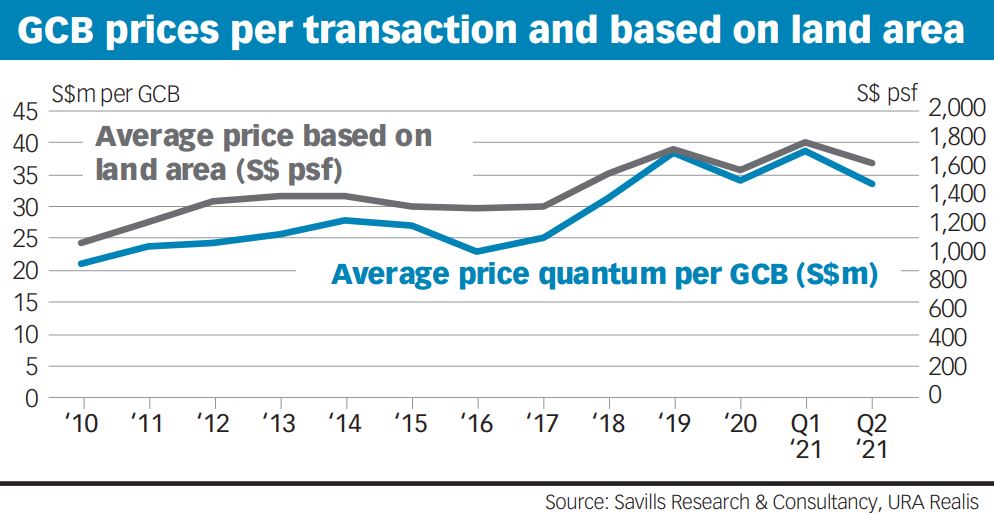
Although the exact figures are unknown, there are 2800 GCB plots in Singapore, with one plot having the potential to be redeveloped and house more than one bungalow. There are no plans (or space) to develop more GCB plots in Singapore, which makes them highly exclusive.
Due to their scarcity, they hold value and are resilient against cyclical market swings as there will always be demand from UHNWIs clamouring for a slice of this ultra-exclusive pie.
With the UHNWIs predilection for GCBs as favoured assets, you can be sure that the demand will always outstrip supply.
What do you like about GCBs? Let us know in the comments section below or on our Facebook post.
If you found this article helpful, check out It’s official, tech and gaming-related entrepreneurs are buying GCBs and How has the pandemic affected landed home buyers’ property-buying decision?
Looking for a property? Find the home of your dreams today on Singapore’s fastest-growing property portal 99.co! If you would like to estimate the potential value of your property, check out 99.co’s Property Value Tool for free. Also, don’t forget to join our Facebook community page or Telegram chat group! Meanwhile, if you have an interesting property-related story to share with us, drop us a message here — and we’ll review it and get back to you.
The post What’s with all the hype around Singapore’s GCBs? appeared first on 99.co.











